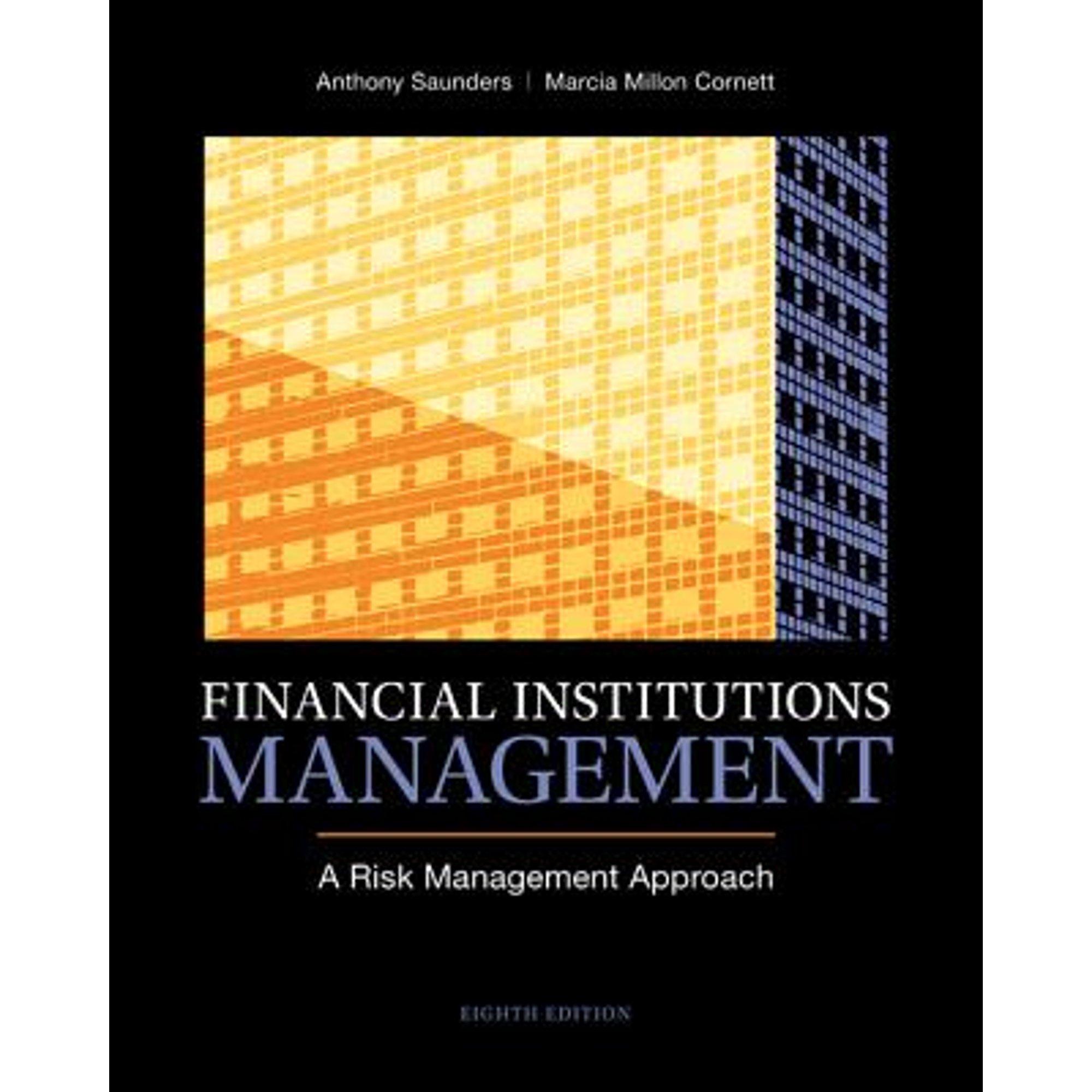Question
Alternative dividend policies Over the last 10 years, a firm has had the earnings per share shown in the following table below: a. If the
Alternative dividend policies Over the last 10 years, a firm has had the earnings per share shown in the following table below:
a. If the firm's dividend policy were based on a constant payout ratio of 40% for all years with positive earnings and 0% otherwise, the annual dividend for 2009 is $ _______(Round to the nearest cent.)
b. If the firm had a dividend payout of $1.00 per share, increasing by $0.10 per share whenever the dividend payout fell below 50% for two consecutive years, the annual dividend the firm would pay in 2009 is $_______ (Round to the nearest cent.)
c. If the firm's policy were to pay $0.50 per share each period except when earnings per share exceed $3.00, when an extra dividend equal to 80% of earnings beyond $3.00 would be paid, the annual dividend the firm would pay in 2009 is $_______(Round to the nearest cent.)
d. Which policy uses a constant-payout ratio which will yield low or no dividends if earnings decline or a loss occurs? (Select the best answer below.)
A. The policy described in part a.
B. The policy described in part c.
C. The policy described in part b.
Which policy uses a low-regular-and-extra dividend policy giving investors a stable income? (Select the best answer below.)
A. The policy described in part c.
B. The policy described in part a.
C. The policy described in part b.
Year
Earnings per share
Year
Earnings per share
2015
$3.17
2010
$2.59
2014
$3.82
2009
$1.34
2013
$4.58
2008
$1.52
2012
$3.25
2007
$$1.91
2011
$4.42
2006
$0.25
Step by Step Solution
There are 3 Steps involved in it
Step: 1

Get Instant Access to Expert-Tailored Solutions
See step-by-step solutions with expert insights and AI powered tools for academic success
Step: 2

Step: 3

Ace Your Homework with AI
Get the answers you need in no time with our AI-driven, step-by-step assistance
Get Started


